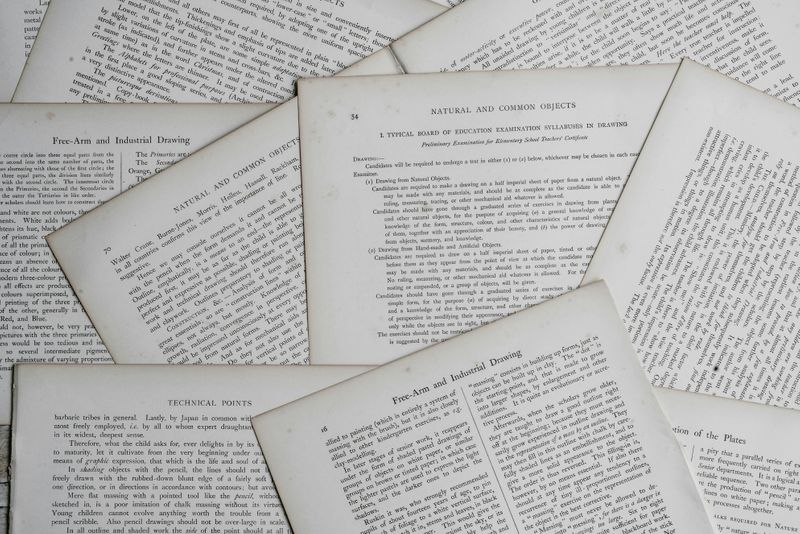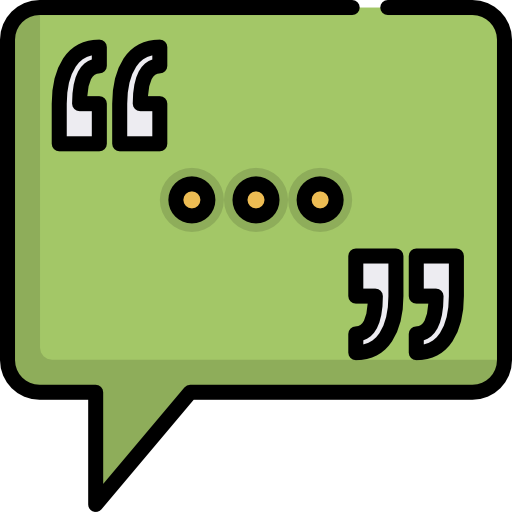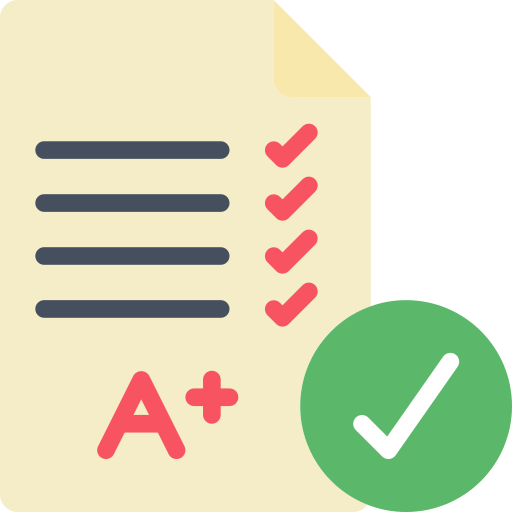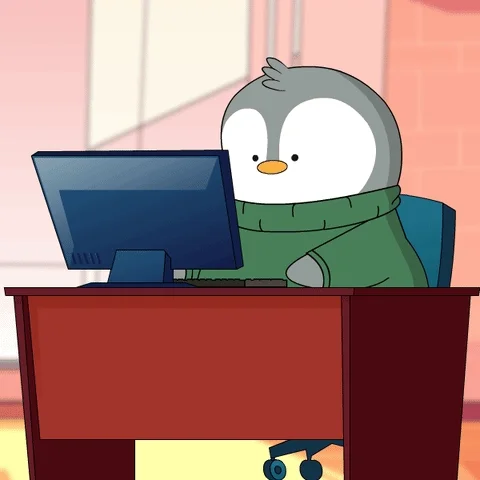
This logo isn't an ad or affiliate link. It's an organization that shares in our mission, and empowered the authors to share their insights in Byte form.
Rumie vets Bytes for compliance with our
Standards.
The organization is responsible for the completeness and reliability of the content.
Learn more
about how Rumie works with partners.
Imagine this conversation:
Jane: "I read a funny quote in an article today. It said, 'A classic is something that everybody wants to have read and nobody wants to read.'"
Amira: "That's a good one. Who said it?"
Jane: "Well, I don't know, the article didn't mention who said it!"
 Photo by KOBU Agency on Unsplash
Photo by KOBU Agency on UnsplashYour instructor might think something similar if you use a quote in a paper but don't cite and reference your source.
More seriously, unattributed quotes can cause your paper to be flagged for plagiarism — which you don't want after hours spent researching and writing it! Knowing how to quote properly isn't difficult once you're familiar with the guidelines that will help you avoid plagiarism.
To give credit, that quote is attributed to Mark Twain, but he was quoting an English professor.
Did you know?
As a best practice to avoid plagiarism, put quotation marks around words that aren't your own when taking notes, and write down the source name and the quote's location so you can find it again.
Direct Quoting
Direct quotes use the same words as the original source. In academic writing, direct quotes require an in-text citation (parenthetical, narrative, or note) and a corresponding reference at the end of the paper.
Following a documentation style such as MLA, APA, or Chicago is also important when learning how to quote. Each style has its own guidelines for in-text citations and references.
In all styles, an in-text citation for a quote must include the following:
Author's name (unless it's in the same sentence as the citation)
Quote's location (page number, paragraph number, video timestamp, etc.)
Some documentation styles also require the source's publication date. If you cite the same source multiple times in a row, you only need to cite the page number after the first complete citation. Include the page number every time you quote from the source.
 Photo by Annie Spratt on Unsplash
Photo by Annie Spratt on UnsplashShould That Be a Direct Quote?
Changing a few words in a quotation doesn't make it your own or remove the need to give credit. To avoid plagiarism, a better solution would be to quote the whole passage and cite it. Common expressions and sayings don't require quotation marks.
How to Quote: Two Styles to Avoid Plagiarism
1. Inline Quote
Inline quotes can be a few words or a few lines. All quoted text is enclosed with double quotation marks ( " ). Some publishers require you to ask permission to quote more than a certain number of words. When in doubt, keep quotes short.
Example
"'Will you walk into my parlour?' said the Spider to the Fly" (Howitt, 1829, para. 1).
In this quote within a quote, note that double quotation marks surround the sentence while the dialogue is indicated with single quotation marks ( ' ). The period goes outside of the parenthetical citation.

2. Block Quote
Block quotes, unlike inline quotes, don't require quotation marks. Instead, the entire block of text is indented from the main text to set the quote apart.
Each documentation style has its own guidelines for appropriate block quote length and formatting, but this type of quote is usually an entire paragraph or two. If your instructor requires MLA style, check out this Byte on how to format MLA block quotes.

Practice Your Skills

Suppose you're proofreading a paper for a student who is learning how to quote and cite sources. Assume the quoted source is included in the reference list and that this is the first time the source is cited within the paragraph.
Which direct quote is formatted correctly to avoid plagiarism?
Quote Options
A. "Advertisers...don't have to convince us directly that the product is good; they need only say that many others think so, which seems proof enough" (p. 100).
B. "Advertisers...don't have to convince us directly that the product is good; they need only say that many others think so, which seems proof enough" (Cialdini, 2009, p. 100).
C. "Advertisers...don't have to convince us directly that the product is good; they need only say that many others think so, which seems proof enough (Cialdini, 2009, p. 100).
D. "Advertisers...don't have to convince us directly that the product is good; they need only say that many others think so, which seems proof enough" (Cialdini, 2009).
Quiz
Which direct quote is formatted correctly for a first-time citation?
Quote B includes a complete citation in APA style (author, publication date, and page number) and quotation marks around all quoted text. All the other options are missing one or more of those elements.
When to Quote
 Photo by Volodymyr Hryshchenko on Unsplash
Photo by Volodymyr Hryshchenko on UnsplashUse a quote to support your writing, not to supply the bulk of the writing for you.
Some instructors use a plagiarism checker that will flag your paper if you use more than a certain percentage of quoted material, properly cited or not. Your instructor wants to see how well you understand the material, not how well you can quote. A paraphrase or summary may be just as effective.
Once you add a quote, you may need to explain why you included it so readers will know why it connects to your writing. Often, you’ll introduce or follow a quote with your thoughts about the author's ideas.
Example of a Quote in Context
It surprises me how many Black Friday shoppers are willing to shiver in the cold waiting for a store to open or brave the chaotic crowds to save money. Perhaps going through that ordeal makes customers value what they buy since they went to a lot of trouble to obtain the items. “The evidence is clear that the more effort that goes into a commitment, the greater is its ability to influence the attitudes of the person who made it” (Cialdini, 2009, p. 73).
Is Your Documentation Correct?
Even when using quotation marks, watch out for these errors:
Citation(s) without a reference
Reference without citation(s)
Citing the wrong source for the quote
Incomplete citation or reference
Quote without a citation or reference
Checking for these errors before submitting your paper will help you avoid plagiarism when quoting.

Take Action

When you write a paper, follow this checklist as a guide for how to quote appropriately and avoid plagiarism:
This Byte has been authored by
Lucy Sotak
Instructional Designer | E-Learning Developer
Master's degree